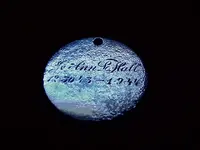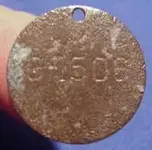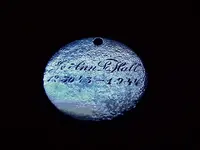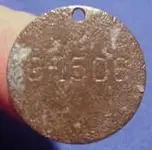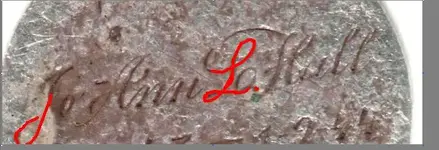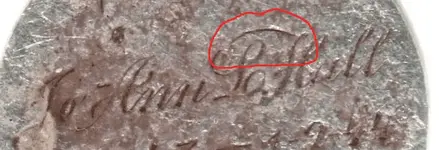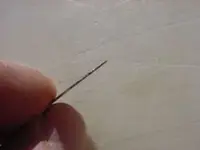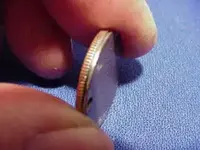Ligature tie
The ligature tie, also called double inverted breve, is used to represent double articulation (e.g. [k͡p]), affricates (e.g. [t͡ʃ]) or prenasalized consonant (e.g. [m͡b]) in the IPA. It is mostly found above but can also be found below when more suitable (e.g. [k͜p]).
On computers, it is encoded with characters U+0361 ͡ combining double inverted breve and, as an alternative when raisers might be interfering with the bow, U+035C ͜ combining double breve below.
The Uralic Phonetic Alphabet uses several forms of the tie or double breve:[6][7]
The triple inverted breve or triple breve below indicates a triphthong
The double inverted breve, also known as the ligature tie, marks a diphthong
The double inverted breve below indicates a syllable boundary between vowels
The undertie is used for prosody
The inverted undertie is used for prosody.
A diphthong (/ˈdɪfθɒːŋ/ DIF-thong or /ˈdɪpθɒːŋ/ DIP-thong[1]) (Greek: δίφθογγος, diphthongos, literally "two sounds" or "two tones"), also known as a gliding vowel, refers to two adjacent vowel sounds occurring within the same syllable. Technically, a diphthong is a vowel with two different targets: that is, the tongue (and/or other parts of the speech apparatus) moves during the pronunciation of the vowel. In most dialects of English, the phrase no highway cowboys /ˌnoʊ ˈhaɪweɪ ˈkaʊbɔɪz/ has five distinct diphthongs, one in every syllable.
Diphthongs contrast with monophthongs, where the tongue or other speech organs do not move and the syllable contains only a single vowel sound. For instance, in English, the word ah is spoken as a monophthong /ɑː/, while the word ow is spoken as a diphthong /aʊ/. Where two adjacent vowel sounds occur in different syllables—for example, in the English word re-elect—the result is described as hiatus, not as a diphthong.
Diphthongs often form when separate vowels are run together in rapid speech during a conversation. However, there are also unitary diphthongs, as in the English examples above, which are heard by listeners as single-vowel sounds (phonemes).[2]
This is all from Wikipedia, what you got is script representing a tie diphthong to combine two letters to show the word "From" and then Hull or Hall...looks like Hull.
 What century?
What century? 

 What century?
What century? 




